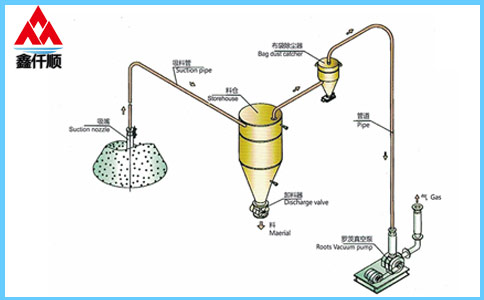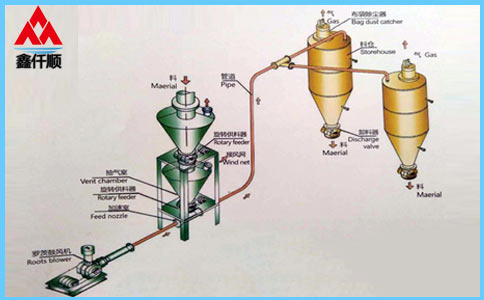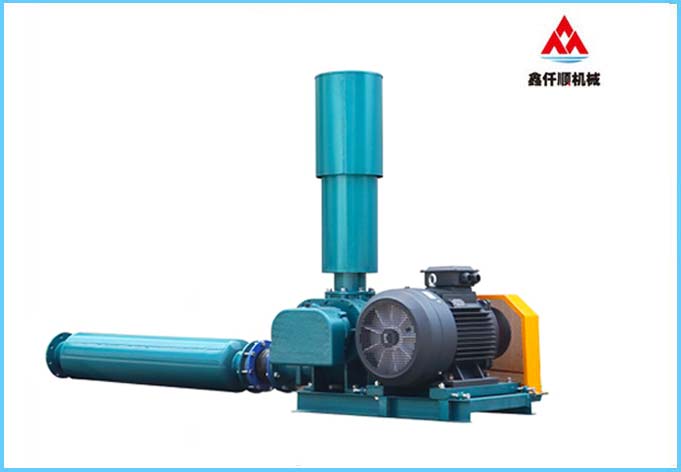How to choose Roots blower for aquaculture oxygenation?
Source: Roots blower manufacturer
Published on: August 29, 2023
Hits:
Related information
-
How to repair the surface defects of Roots blower impeller? -
How to remove the bearing of Roots blower? -
What principles should be followed in the maintenance of three leaf roots blower? -
How to handle the wrong lubricating oil for Roots blower? -
Performance characteristics and maintenance of Roots blower for aquaculture -
How to select appropriate Roots blower aerator for aeration in aquaculture? -
What principles should be followed in the maintenance of three leaf roots blower? -
Notes on installation of safety valve of three blade roots blower -
Introduction to the Main Causes of Abrasion of Three blade Roots Blower Impeller -
What causes Roots blower tripping?
Xinqianshun's latest products
Random articles
-
The old maintenance master of Roots blower explained the causes and solutions of common faults of Roots blower -
How to maintain Roots blower? Several key points must be grasped for Roots blower maintenance. -
Direct cause of current overload of Roots blower -
Application of air suspension fan in energy-saving and noise reduction technology -
The setting method of pressure relief valve of Roots blower is no longer tangled with air leakage! -
Installation method and piping of Roots blower -
The 3kw Roots blower for aquaculture has excellent oxygenation effect -
How to cool down the three leaf roots blower in summer? -
What are the differences between Roots blower and centrifugal blower? -
Common wear faults of Roots blower components:
Latest news articles
-
How to repair the surface defects of Roots blower impeller? -
How to remove the bearing of Roots blower? -
What principles should be followed in the maintenance of three leaf roots blower? -
How to handle the wrong lubricating oil for Roots blower? -
Performance characteristics and maintenance of Roots blower for aquaculture -
How to select appropriate Roots blower aerator for aeration in aquaculture? -
What principles should be followed in the maintenance of three leaf roots blower? -
Notes on installation of safety valve of three blade roots blower -
What are the causes of tripping of Roots blower frequency converter? -
Introduction to the Main Causes of Abrasion of Three blade Roots Blower Impeller









